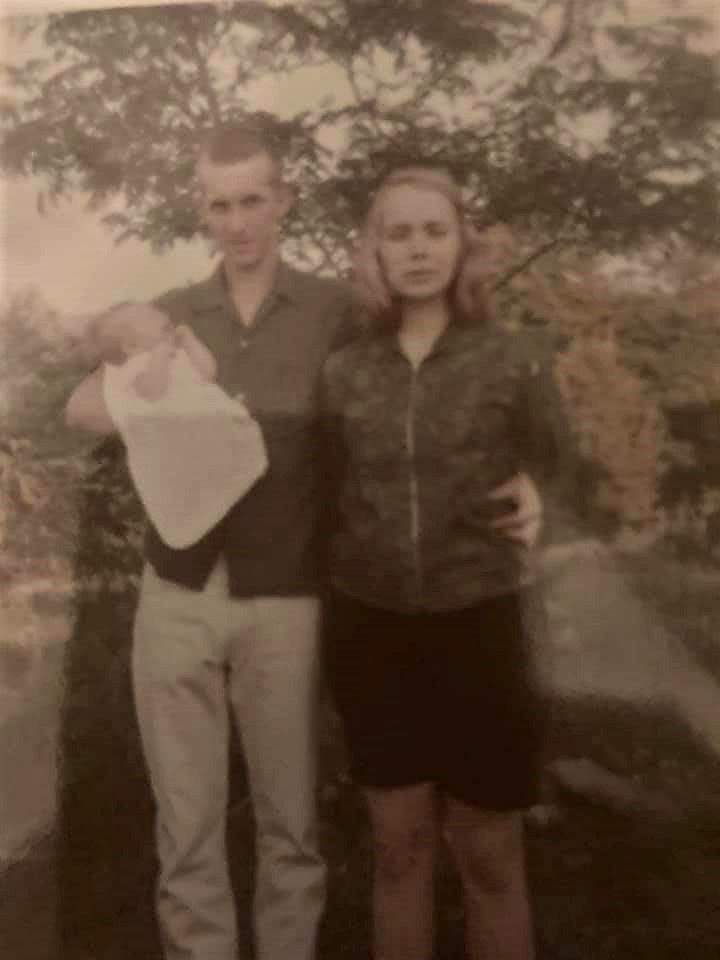An Older, Wiser Man with Rhythm
- joybragi84
- Oct 10, 2021
- 3 min read

Anyway, people ask me sometimes, “What do you mean that your older poems do not have a good rhythm? And is it really that important in poetry?” Let me answer the second question or the second part of the question first.
Essentially--and I am oversimplifying some but not much—rhythm is established in poetry by regular and repeating metrical feet. The most common metrical foot in English poetry is the iamb. It is a “rising” meter that is an unaccented syllable followed by an accented syllable. It is found in the words “today,” “unite,” and “collide.” It is a bouncing meter that can get pretty redundant and sing-songish in longer pieces of verse such as in Alexander Pope’s longer works, for he writes in heroic couplets, which are two rhymed lines of iambic pentameter or, in other words, five iambic feet in a row. Now, no poet, including Pope, writes continually in iambs, but the regularly repeated meter in a lot of English language poems is iambic in nature. I can talk about trochees, spondees, dactyls, and other metrical feet some other time. For now, let’s focus on the iamb. The iamb is a basic rhythm that is common in poetry. I tend to write in iambs.
Since we were children, rhythm has been as strong a mnemonic device as rhyme because, while rhyme is something that we hear, rhythm is something that we can feel. We can tap our feet or clap our hands to it. This lends muscle memory to mind memory and helps us remember songs, games, prayers, and, yes, poetry. We learn things quicker, we learn them better, and we remember them longer when we combine the physical attributes of rhythm to the mental attributes of memorization. It has also been proven that humans take more enjoyment in rhythmic expressions of their language whether English or the African Igbo. If we take more enjoyment in it, if we learn better and quicker with it than without it, and we remember it longer with rhythm, do you think rhythm is important in poetry? I guess that I am not answering the question, I am asking you to answer it.
Now, the second part—Here is a fragment of a poem that I wrote in 1990 or thereabouts. See if you can pick up any sort of regular rhythm.
We have passed through waterless places
We are becoming shapeless
We are shifting aimlessly
And shift often from side to side
And becoming shapeless
There was a time when we had a strong purpose
We had rapture, adulation and ecstasy
But through the temptation of humanization
We lost religion, philosophy , and poetry.
Here is a piece of a poem from Atheists and Empty Spaces that uses basically the same words.
We pass through idolatrous[i] places
Where deities cannot go.
We are becoming shapeless.
Our apathy makes us so.
We enter ourselves in races
No mortal has ever won.
Infinity is shapeless,
And we seem too bored to run[ii].
We amble through empty spaces,
Indifference our wavering guide.
We are becoming shapeless
As we shift from side to side.
We think that in most cases
The truth is what we have seen.
Our faith is growing shapeless
As the glow around a screen.
[i] Here, I mean the worship of physical, material objects. [ii] In Victor Hugo’s Et Nox Facta Est, Satan ran or, actually, flew in circles for ten thousand years trying to escape infinity before he stopped to rest, broken, tired, and panting. I am past the word count that I promised for each blog, but I ask: Can you tell the difference in these two fragments? Which is more memorable, easier to learn, and more enjoyable? Yes, you can tell. I took the picture of the purple coneflower in our yard earlier this year. It has nothing to do with the poems or rhythm. It is simply a neat picture.




Comments